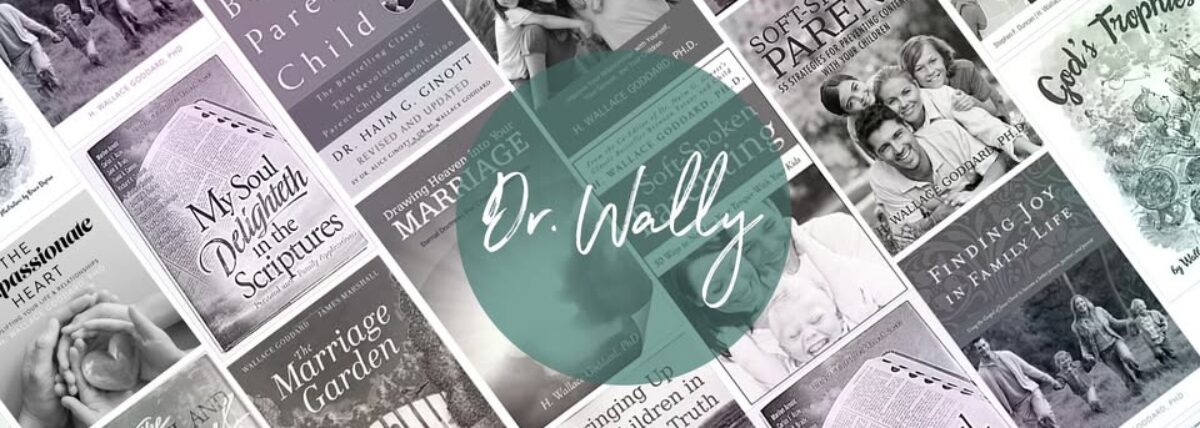A Great Idea …
“The more you try to push a child’s unhappy feelings away, the more he becomes stuck in them. The more comfortably you can accept the bad feelings, the easier it is for kids to let go of them. I guess you could say that if you want to have a happy family, you’d better be prepared to permit the expression of a lot of unhappiness.” (Adele Faber and Elaine Mazlish, in their book, How to Talk so Kids will Listen & Listen so Kids will Talk, p. 42)
In Other Words …
We cannot forbid children to have certain feelings. Feelings-good and bad-will come to all children (and adults!). Our peaceful responses give children space to process their feelings. We can listen with compassion as they describe and make sense of their experiences. And, as they feel more peaceful, we can help them create solutions for the situations that created the feelings.
How This Applies to You …
The next time your child expresses an emotion such as anger or fear, help him or her process it by naming the emotion and showing compassion. You might say, “It made you mad when your brother took that toy away from you, didn’t it?” As you accept your child’s feelings and show compassion, he or she will learn that feelings are a normal part of life and can be managed safely.
To Find Out More …
For an excellent (and free!) program on parenting, see The Parenting Journey at www.arfamilies.org and if your children are younger than six, check out See the World Through My Eyes.
For more in-depth reading, we recommend How to Talk so Kids will Listen & Listen so Kids will Talk by Adele Faber and Elaine Mazlish or Raising an Emotionally Intelligent Child by John Gottman.
